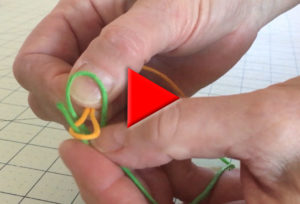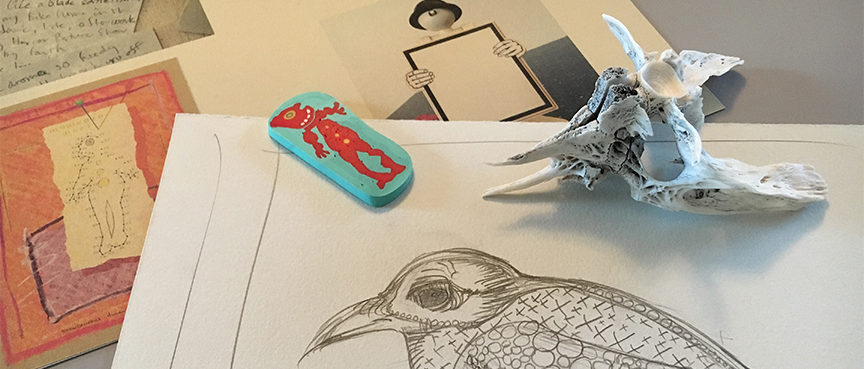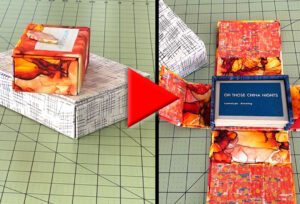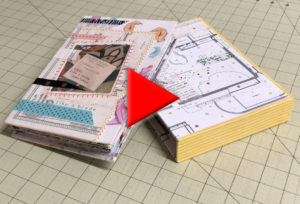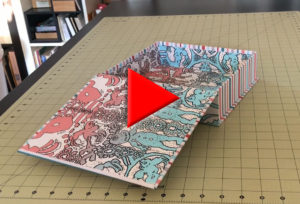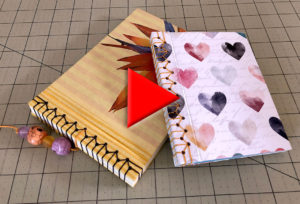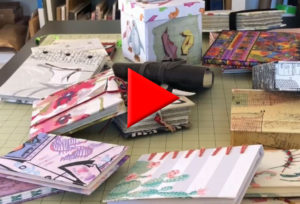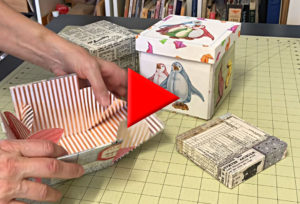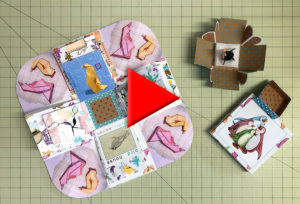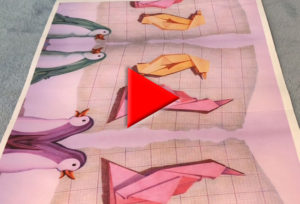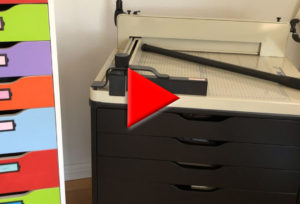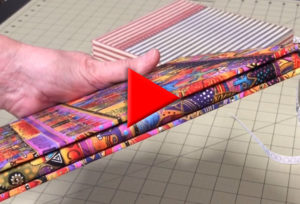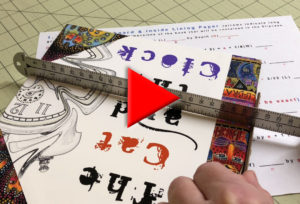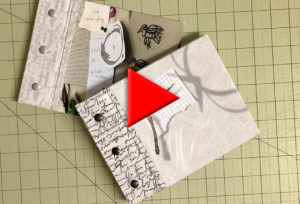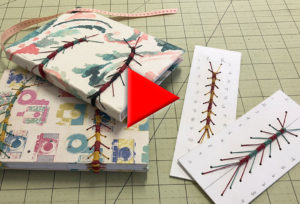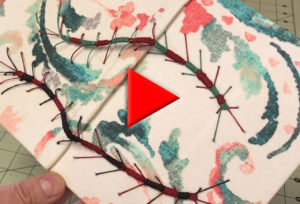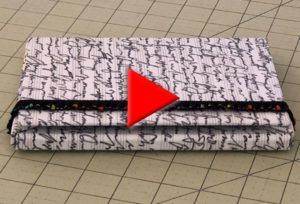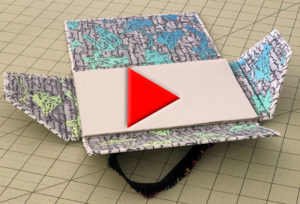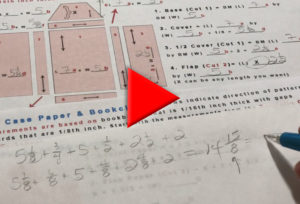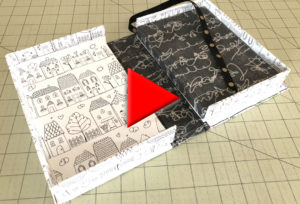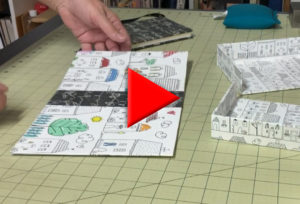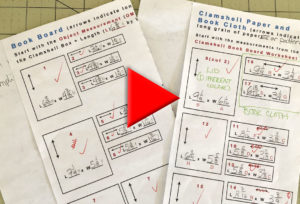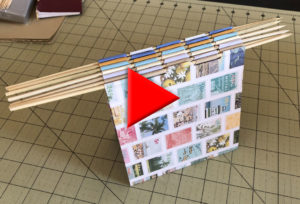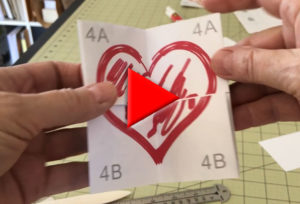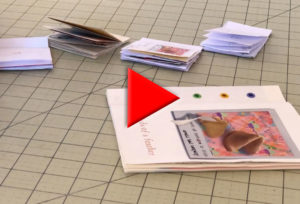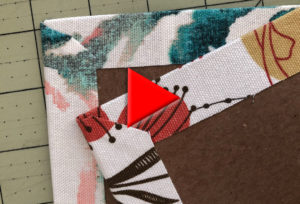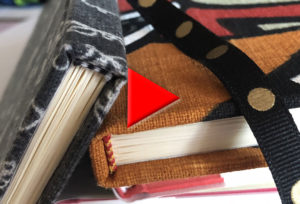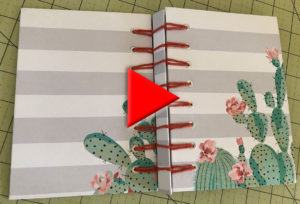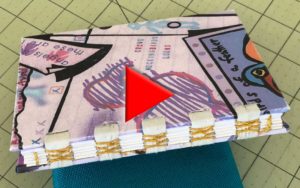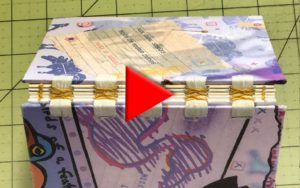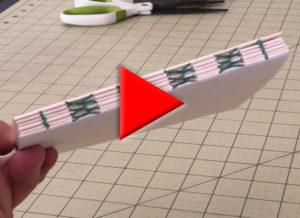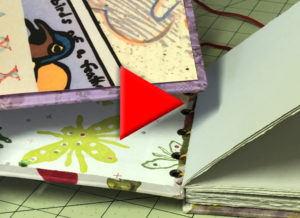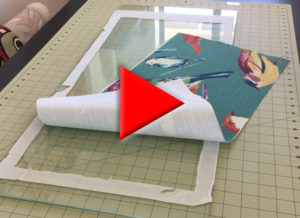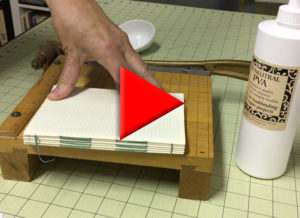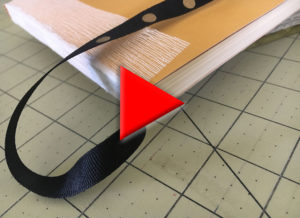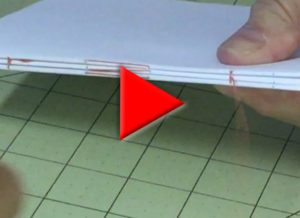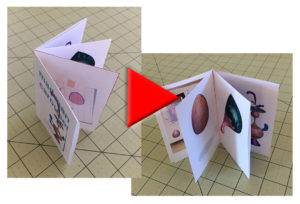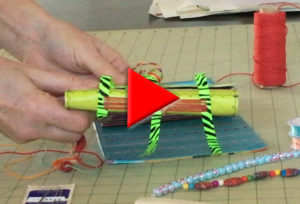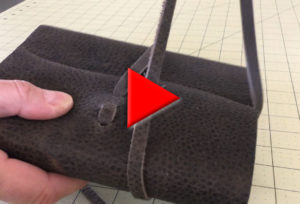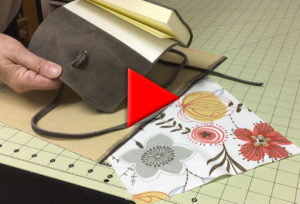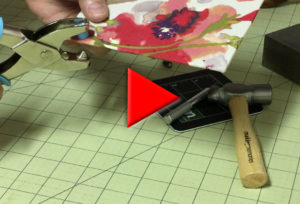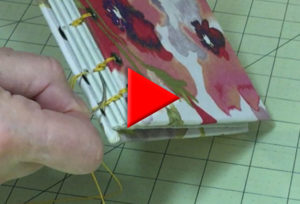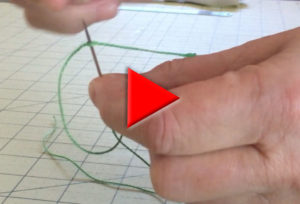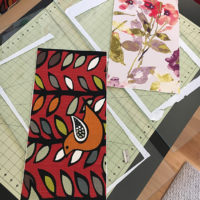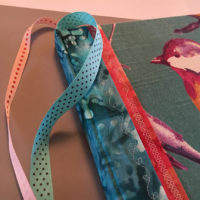Here are the bookmaking video tutorials you’ll find on this site or visit my channel on youtube.
https://www.youtube.com/c/KristiWarrenHandmadeBooks
NEW! Making a Card Box (Portfolio Box) (22:29) (written instructions here)
Making a Book Cover with a Window (14:51) (written instructions here)
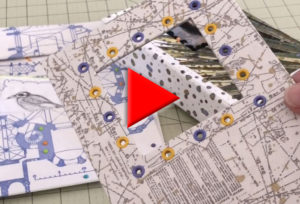
Making a Soft Book Cover (10:56) (written instructions here)
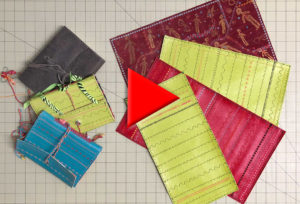
Make Your Own Rubber Stamps (7:34) (written instructions here)
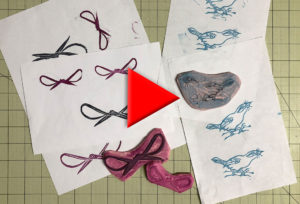
Scrap Journal with Ribbon Binding (16:14) (written instructions here)
A Scrap Journal, or Junk Journal, is a creative way to deal with all those bits and pieces left over from other projects that you can’t bear to throw away.
Scrap Journal Pages (8:41) (written instructions here)
This video shows some of the details of making and embellishing your scrap journal pages.
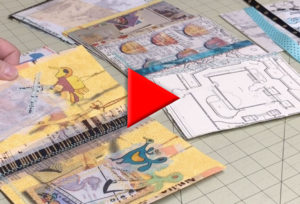
Hinged Lid Box (22:00) (written instructions here)
Stab Binding (19:54) (written instructions here)
My Top 10 Favorite Techniques (10:03)
Well, these were my favorite techniques as of August of 2019, but I’m acquiring some new favorites, so I’ll have to think about making a new “favorites” video one of these days. 🙂
Hardbound Explosion Box
This fun box, while technically neither a book nor a box, lends itself to many creative uses, including containing book-like elements. It makes a great valentine or anniversary gift, or can be used as a unique format for an artist book. This particular version is made with bookboard and is much more substantial and sophisticated than the usual cardstock explosion box.
Part 1 – The Box (17:15) (written instructions here)
Part 2 – The Contents (14:46) (written instructions here)
Designing and Printing Your Own Bookcloth (9:39) (written instructions here)
This video will show you how to print your own designs onto fabric and then turn that fabric into bookcloth that you can use for any of your bookmaking projects.
Bookmaking Gear (10:40)
Here’s a look at some of the gear I use when I’m making books and boxes, and art in general. 🙂
Making a Slipcase (13:36) (written instructions here)
A handmade slipcase is a very classy way to protect a special book or a set of books.
Slipcase Case Worksheets (4:15) (written instructions here)
Screw Post Binding (13:06) (written instructions here)
This type of construction has a couple of great advantages, particularly if you want to use this book as a scrapbook, or maybe a travel journal where you are saving ephemera like ticket stubs, or play broadsides. You can use spacers to add space between the pages for bulky items, and you can freely add and subtract pages by simply unscrewing the posts.
Traditional Hardbound Portfolio (9:13) (written instructions here)
This classic folio can be used for a wide variety of tasks, from holding drawings and prints, showing off at a job interview or holding your wedding vows during your wedding ceremony!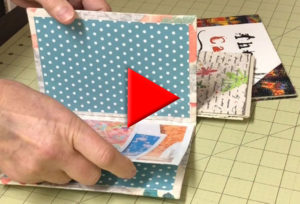
Making a Snap Closure (6:57) (written instructions here)
You can also add a snap closure to your portfolio, or any book or box.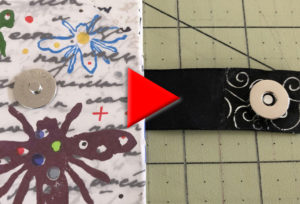
Making Wheat Paste (3:13) (written instructions here)
Necessary for making bookcloth, homemade wheat paste is simple to make!
NEW! Caterpillar Bookbinding Stitch Video Tutorial
You can use this unique and fun stitch in a purely decorative way or as the actual binding structure. The caterpillar stitch is always an attention grabber.
Part 1 (10:32) (written instructions here)
Part 2 (5:06) (written instructions here)
Hardbound Portfolio Case
Make a more sophisticated version of the traditional portfolio cover. This is a great additional way to show off your creativity when showing off your portfolio.
Part 1 (8:21) (written instructions here)
Part 2 (7:35) (written instructions here)
Portfolio Case Worksheets (4:28) (written instructions here)
Clamshell Box
This neat little folding box makes a great container for a special book or set of books. It’s also perfect as a portfolio box, holding separate images. The fact that one side is completely open once you open it up makes it very easy to get items in and out.
Part 1 (8:39) (written instructions here)
Part 2 (8:41) (written instructions here)
Clamshell Box Worksheets (4:48) (written instructions here)
Piano Hinge Binding (10:37) (written instructions here)
Square Flexagon (4:51) (written instructions here)
Folded Guest Book (9:04) (written instructions here)
Making Perfect Bookcorners (3:12)
Case Binding a Book
This is the most common type of bookbinding, the type of binding that you would see on most hardbound commercial books. The pages consist of folded pieces of paper, sewn together into signatures. Groups of signatures are glued together to create a text block. This text block is then attached to, or encased, in a cardboard covering or ‘case’ that has been covered with decorative cloth, paper or leather. Case bound books do not lie completely flat when opened.
Part 1 (11:28) (written instructions here)
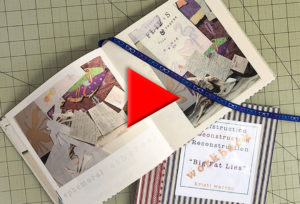
Part 2 (8:07) (written instructions here)
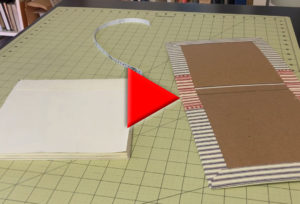
EXTRA! Casing the Textblock in Perfectly (4:42)
This is probably the single most frustrating part of making a cased-in book – getting the textblock to sit within the covers exactly right so the covers open correctly. Here’s the skinny:
Secret Belgian Binding (15:27) (written instructions here)
This lovely and intricate-looking binding technique is actually quite simple. The book cover is woven together first and then the signatures are attached one at a time. An added bonus is that this book will lie flat when open and you can also fold either cover all the back as you are drawing or writing.
French Link Stitch with Tape Cover
This binding uses the basic French Link stitch, but adds a fun twist with a hardcover joined with tapes that are sewn in as part of the binding.
Part 1: (10:39) (written instructions here)
Part 2: (12:31) (written instructions here)
French Link Stitch (10:49) (written instructions here)
This is a lovely and easy stitch for an exposed spine. There are many different ways to add covers.
Making Simple Covers (8:07)
These covers are useful for books bound with the Coptic stitch or the French Link stitch.
Making Bookcloth (7:56) (written instructions here)
Make your own bookcloth with a few simple materials.
Sewing a Textblock – Part 1 (12:02) (written instructions here)
The first step to making almost any book is creating the textblock. You can see a close-up view of the Kettle Stitch in the video directly below these.
Sewing a Textblock – Part 2 (8:46) (written instructions here)
This video shows you how to add endpapers, reinforce the spine of your textblock with mull, add head and tailbands, add a ribbon bookmark, line the spine and then finish it off with a cover.
The Kettle Stitch (1:43)
The bookmaker’s classic stitch for linking signatures together.
Origami Book (2:40) (written instructions here)
This is a very simple book that needs no sewing or gluing, so it’s a great book to make as a kid’s project since it doesn’t take any special equipment or skill.
The Simple Long Stitch (14:49) (written instructions here)
This is a clean, simple and quite lovely binding stitch. It is easy to master and allows for creative decorating.
Creating a Leather Wrapped Journal (8:20) (written instructions here)
This book cover is a simple piece of leather, or other heavy material, with a textblock glued in. A strip of leather or string wrapped around the book to keep it closed finishes the whole thing off.
Creating a Faux Leather Wrapped Journal (6:41) (written instructions here)
Same process as creating a leather wrapped journal, but you’ll want to do some fabric prep first.
Coptic Binding
One of the advantages of this lovely, decorative stitch is that it allows the book to lie flat when opened.
Part 1: (8:21) (written instructions here)
Part 2: (16:31) (written instructions here)
Securing the Thread on the Needle (0:35)
Here’s a very simple trick to keep your thread from pulling out of the needle as you are sewing:
Joining Two Pieces of Thread (1:11)
You will often need to add more thread when you are sewing signatures and here’s a simple and elegant way to do that: